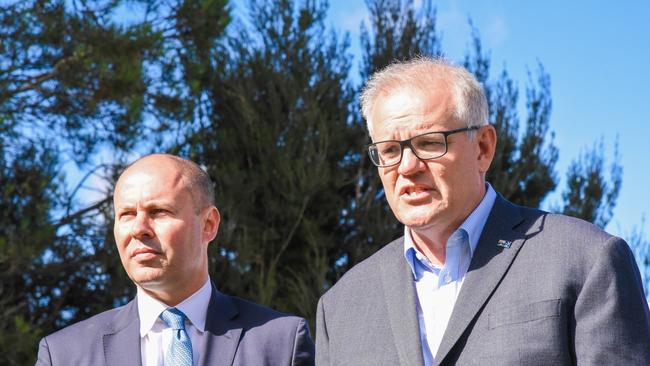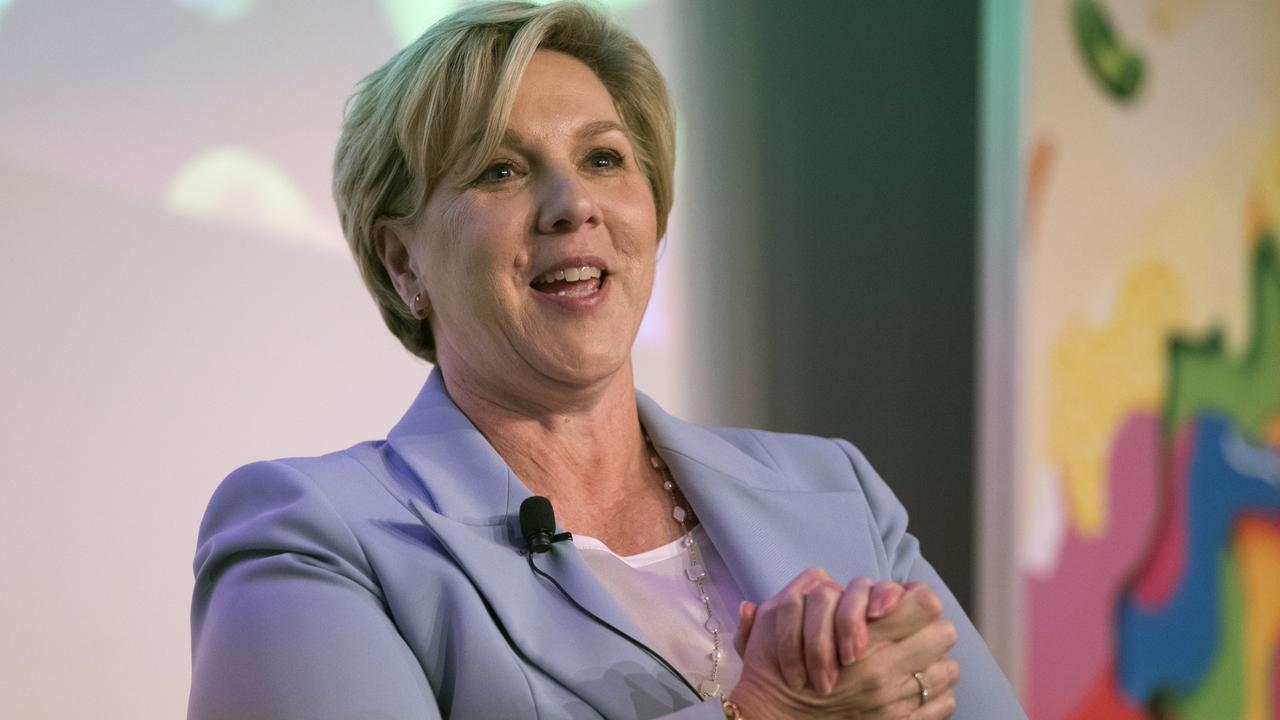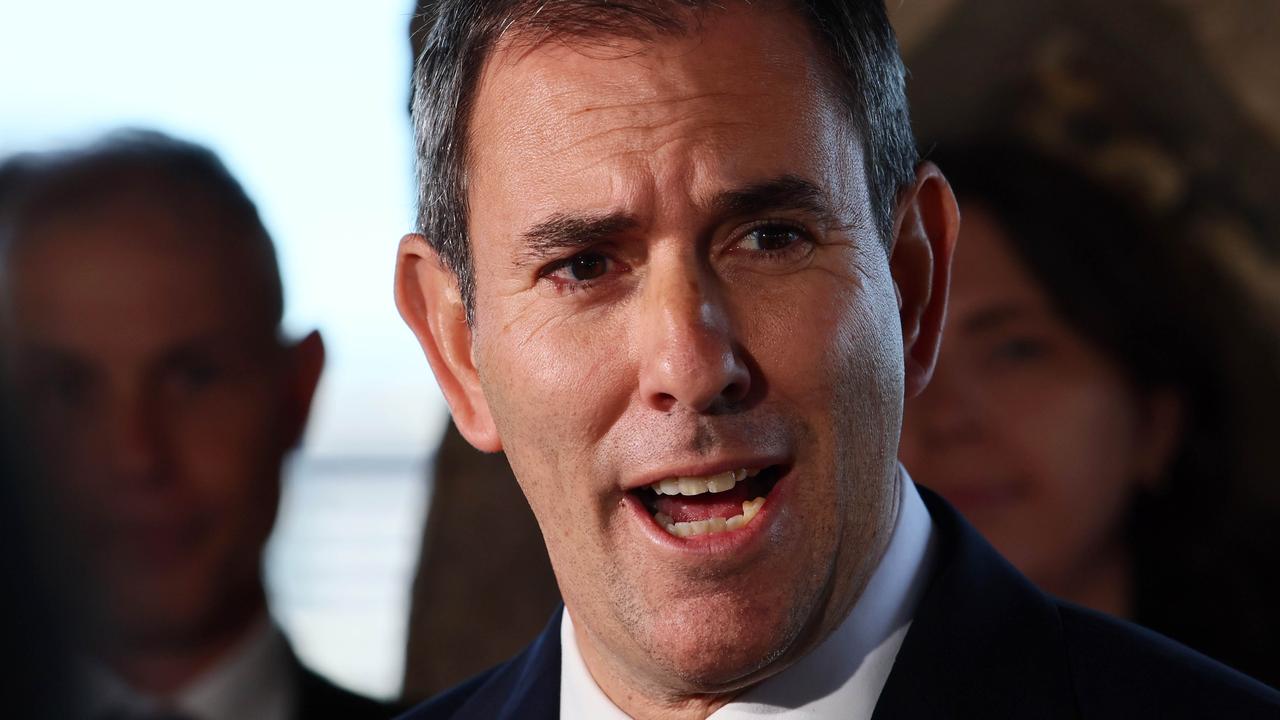Rising cost of living piles pressure on Canberra

In a fortnight Josh Frydenberg hands down his election budget. There is little talk of razor gangs. The government wants to pitch itself once again as the best economic manager but it is also trying to find a way to take the sting out of price hikes that are piling up for households.
Food manufacturer SPC’s letter to all four big supermarkets is a sign that suppliers are no longer able to manage supply chain problems and rising transport costs. And Australians know that a rise in interest rates is just around the corner.
There are demands that the government remove the petrol and diesel excise to offset a sharp price rise at the bowser. This would be folly.
The benefit that such a move could bring to a household budget is small compared to the billions it would add to the deficit which in December was estimated to be $98.9bn. Even halving the 44c a litre excise would cost around $10bn.
Unsavoury as it is, another extension of the Lower and Middle Income Tax Offset, put in place during Covid-19 would be a less worse option. Politically LMITO, which costs around $7bn annually, can be got rid of far more easily than trying to reimpose taxes.
Yet if the Treasurer has a challenge, spare a thought for Rishi Sunak, the man with the same task for Britain’s spring mini-budget just a week earlier than Australia, on March 23.
Britain is experiencing its worst drop in living standards in three decades.
This year food and energy prices are expected to push inflation into double figures. In Australia, inflation is 3.5 per cent. From April 1, the UK energy regulator is raising the energy price cap by 54 per cent which will deliver a hit of more than $1200 a year to the average British household. That could rise again in October.
Brits will also pay a new social and health tax of 1.25 per cent from April. Bread prices are rising. Thirty per cent of worldwide wheat exports come from Russia and Ukraine and in the last two weeks of February wheat futures rose 28 per cent in London.
All of this plays into inflation which Bloomberg Economics in London says could reach 10 per cent in October. As a result the Bank of England is raising interest rates much faster than Australia. A third rise to 0.75 per cent is expected on Thursday and two further rises later in the year.
By comparison the Australian budget task looks 101. The difference is that in Australia this is an election budget.
There will be big spending items. The government’s increasing rhetoric around security resilience demands an increase in the defence budget to around 2.1 per cent of GDP. Defence, the NDIS, aged care and childcare are all structural changes weighing heavily on the budget.
Other big ticket items in the 2022 budget will include skills and infrastructure.
Last week Scott Morrison spoke from quarantine about national economic resilience but there was no mention of Australia’s $1 trillion debt or budget repair.
Last month Mr Frydenberg said it was time to draw some clear lines in the sand on government spending and move things back to a normalised setting when it came to broader assistance packages.
Unemployment is 4.2 per cent. If wages growth does not show clear signs of an uplift soon, the argument for a rate rise to confront inflation gets stronger. It would mean rising interest costs, government debt and the argument for budget repair gets stronger. Wages will need a different solution – a new look at the enterprise bargaining system.



It should be no surprise that this election will be about the cost of living for Australians. That, and health, are what really matters to them.